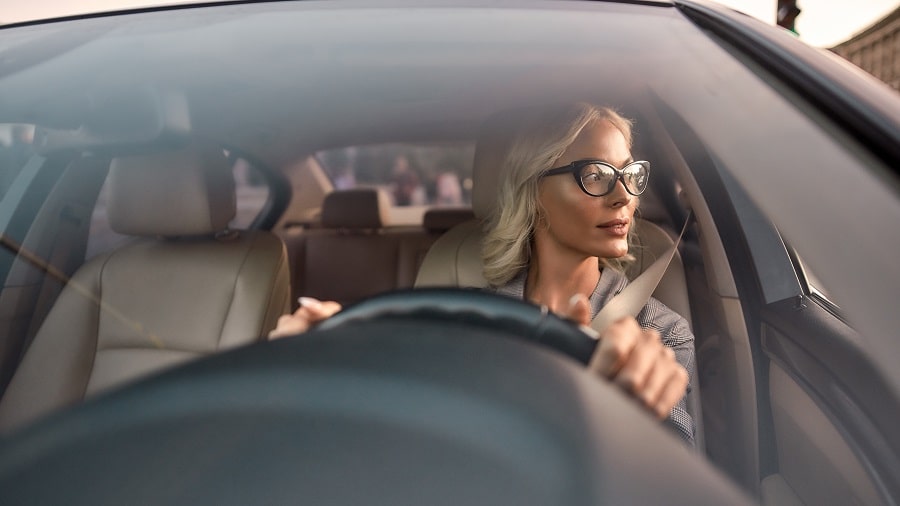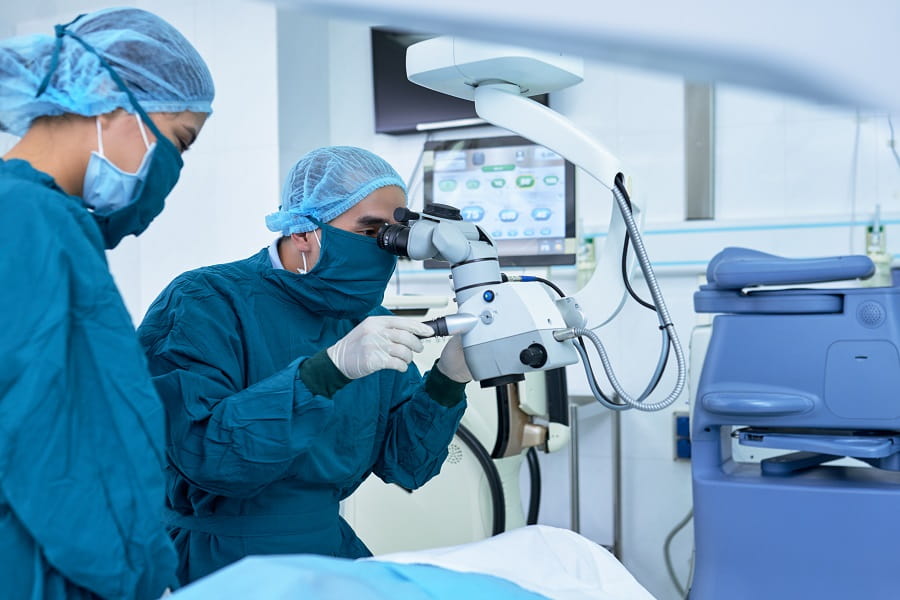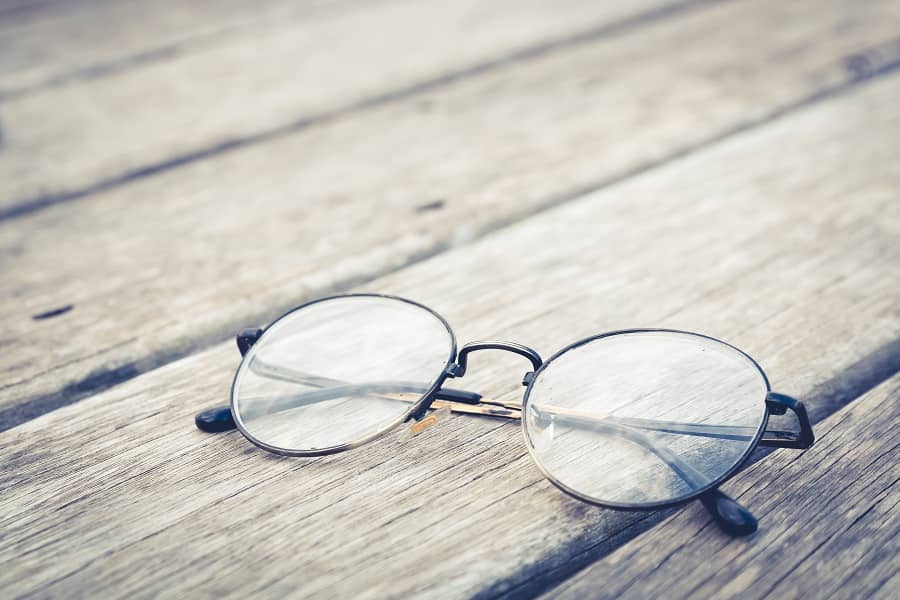
Updated: August 01, 2023

One of the most common questions we receive regarding cataract surgery is about driving after your procedure. Patients often ask, “How soon after cataract surgery will I be able to drive?”. The short answer is, you cannot drive immediately after cataract surgery. You will need someone to come to your surgical appointment and drive you home.
Typically, the recovery time for your eyes to feel back to normal is between twenty-four hours to a week. However, every patient is different. Some might experience discomfort, blurry vision, and swelling for multiple days or weeks following the surgery. If this is the case, you should wait until your symptoms completely resolve before driving. Usually, your eye doctor will contact you the day after surgery to see how you are feeling and to give you further instructions from there.

Cataract surgery is one of the most common surgeries performed today. It is estimated that approximately 96% of patients attain 20/40 vision or better after surgery. Our goal is to help you see with a 20/20 vision or to achieve the best-corrected vision that is possible for you. However, to drive without the mandatory use of glasses or contacts, you must be able to see at the legal driving limit of 20/40 vision.
We’re often asked questions about when you can drive after cataract surgery. In most cases, patients can resume driving within a few days after surgery if approved by their eye doctor. However, patients are required to have someone drive them home directly after the surgery and when returning the next day for the follow-up appointment. This is required because anesthesia is used during cataract surgery. Your doctor may recommend waiting a few more days before driving if they feel that your vision is not stable enough at the follow-up appointment.
Occasionally, patients will undergo surgery for cataracts and glaucoma at the same time. In this case, recovery time may take longer and patients may have to wait longer to drive.
Cataract surgery improves vision by removing cloudy spots on the lens of the eye; however, it does not improve age-related macular degeneration (AMD). Patients suffering from this condition should not expect any vision loss attributed to AMD to be resolved through cataract surgery.

Though you may feel comfortable enough to drive as soon as twenty-four hours following your cataract surgery, it is very important to get the go-ahead from your ophthalmologist and to make sure you feel completely comfortable before getting back out on the road.
When considering driving restrictions after cataract surgery, it is important to ask yourself the following:
It is possible for patients to experience prolonged side effects or delayed healing which could contribute to sensitivity or inflammation for a longer period of time. If you’re wondering when you can drive after cataract surgery, it is best to discuss this with your eye doctor and care team before surgery.

Between cataract surgeries, it is best to ask your ophthalmologist or optometrist for help if you are experiencing differences in vision between both eyes. It is not recommended to modify your old glasses by removing one lens to accommodate the vision difference. This could cause permanent damage to your glasses, and it won’t be very effective in solving your issue.
Instead of putting yourself or your glasses in danger:
Any surgery can be scary, but cataract surgery is one of the most common surgeries in the United States. It is simple, safe, and has minimal recovery time. State-of-the-art technology allows Discover Vision to provide a minimally invasive procedure with incredible, consistent results. To determine when you can drive after cataract surgery, it is best to discuss this with your surgeon. If cataracts are interfering with the things you enjoy, schedule a consultation to see whether you are a candidate for advanced cataract surgery at Discover Vision Centers.
We are closed Monday (05/25)! Urgent Care is also closed Saturday (05/23)!
We are closed Friday (07/03)!
We are closed Monday (09/07)! Urgent Care is also closed Saturday (09/05)!
We are closed Thursday (11/26) and Friday (11/27)! Urgent Care is also closed Saturday (11/28)!
We are closed Wednesday (12/24) and Thursday (12/25)! We are closed 1/2 Day Wednesday (12/31). We are closed Thursday (01/01).